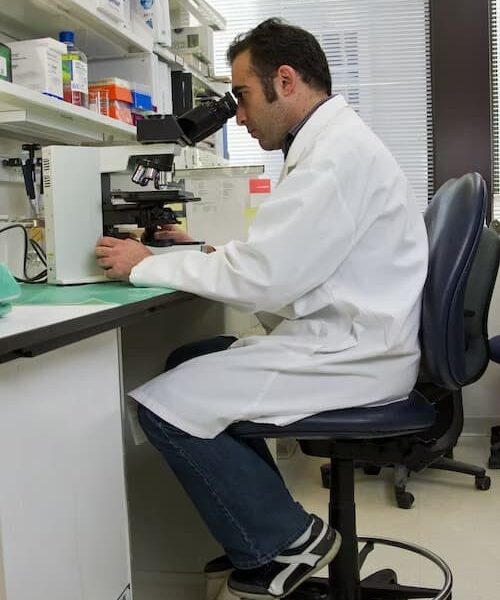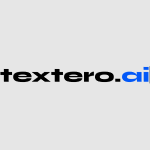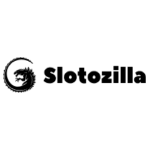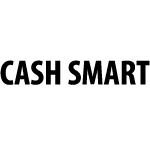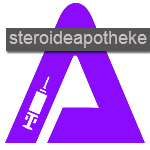Medical science has always received an impetus depending on the state of the technological order of an era. And while in the 18th century the driver of progress in medicine may have been the observation and courage of the doctor, as in the case of the smallpox immunization story, in the 19th and 20th centuries the close cooperation between the exact sciences and natural science resulted in the creation of new medical equipment such as X-ray equipment. The beginning of the XXI century, according to experts, was marked by another change in the technological structure. Computers and telecommunications are being replaced by nanotechnology, while at the same time there is a rapid development of genetically engineered, cellular, tissue and immunobiological medicine.
In fact, they may also determine the direction of its development in the coming years. These are the aging of the Earth’s population, the personalization of medicine and the development of information technologies.
Population aging
The first and quite important trend is the aging of the population. This important factor of life is especially acute in Europe, North America, and China, where population density is already high. Back in 2002, the United Nations identified aging as a cause that has an unprecedented impact on all aspects of modern human life. Global population aging is one of the key trends and challenges of our time, influencing the prospects for world development and requiring the special attention of the international community.
Personalized medicine
The second trend in the development of medical science is personalized medicine. This is a certain model of medical care organization based on the choice of diagnostic, therapeutic and preventive means, which would be optimal for the selected person, taking into account his/her genetic, physiological, biochemical and other characteristics. In fact, it is an approach that takes into account the individual characteristics of each subject in susceptibility to disease, the course of the disease, the characteristics of prevention, and the response to various treatments, which can also range from naturotherapy to individual drugs created based on molecular analysis of the patient’s affected tissues.
Developments in information technology
Evolving information technology is a third important trend affecting both individual and social life around the world. After all, the development of artificial intelligence may lead to the creation of applications for mobile gadgets and the possibility of direct patient communication, for example, with a remote diagnostic center. Already now the problems of consulting patients from remote areas of the country in large clinics have been solved by means of telemedicine. In this context, there is one area of practical medicine that is closely related to digital technology and information transfer. This is radiology. Russia has a well-developed network of radiological diagnostics, and a brain tomography performed somewhere in a remote region can be described by a doctor in a metropolitan clinic. Advanced methods of quantitative image processing, development of applications for clinical decision support systems and analysis of large volumes of data – this is by no means the whole list of directions in the development of radiological science and practice, which started with the “accident” of Wilhelm Conrad Röntgen.


